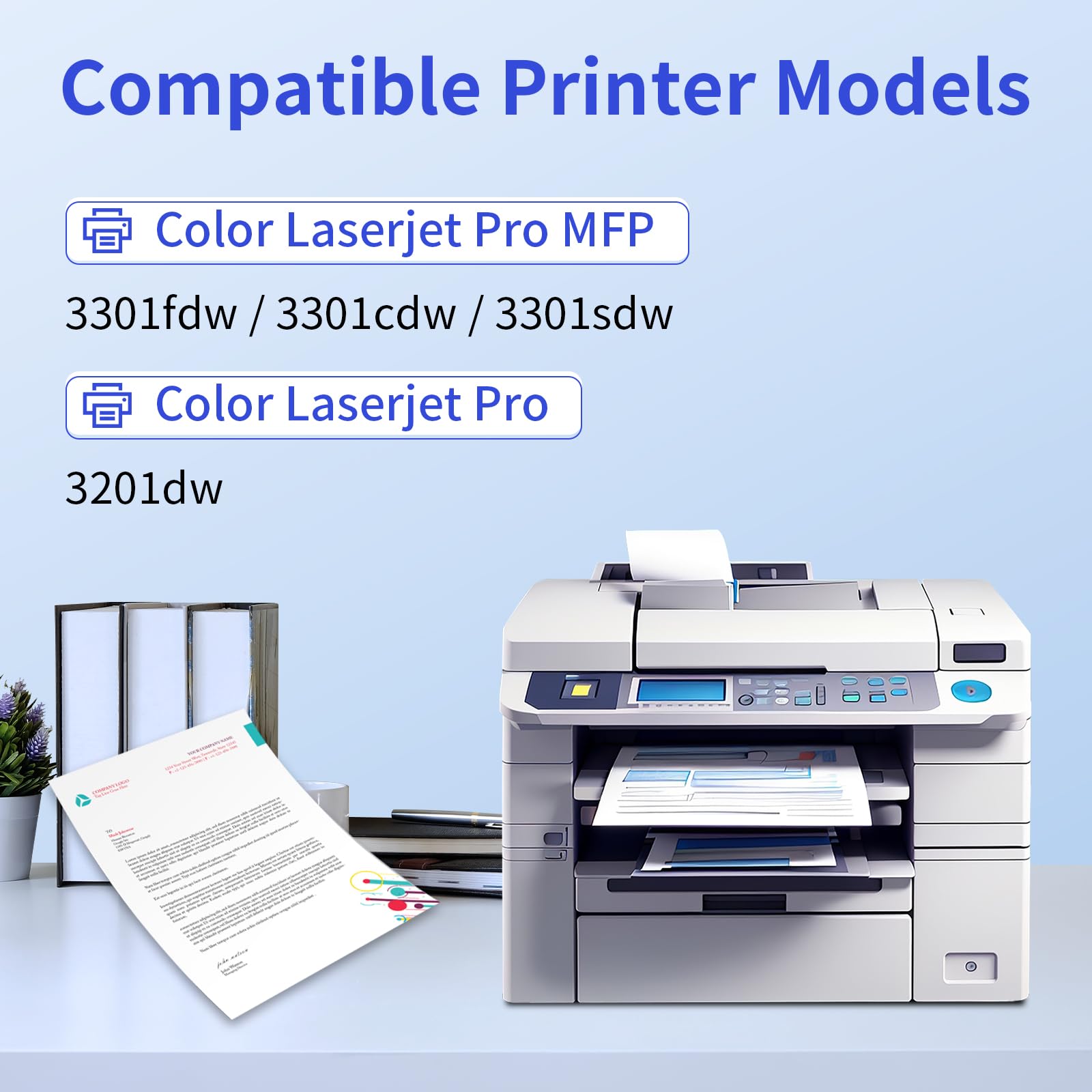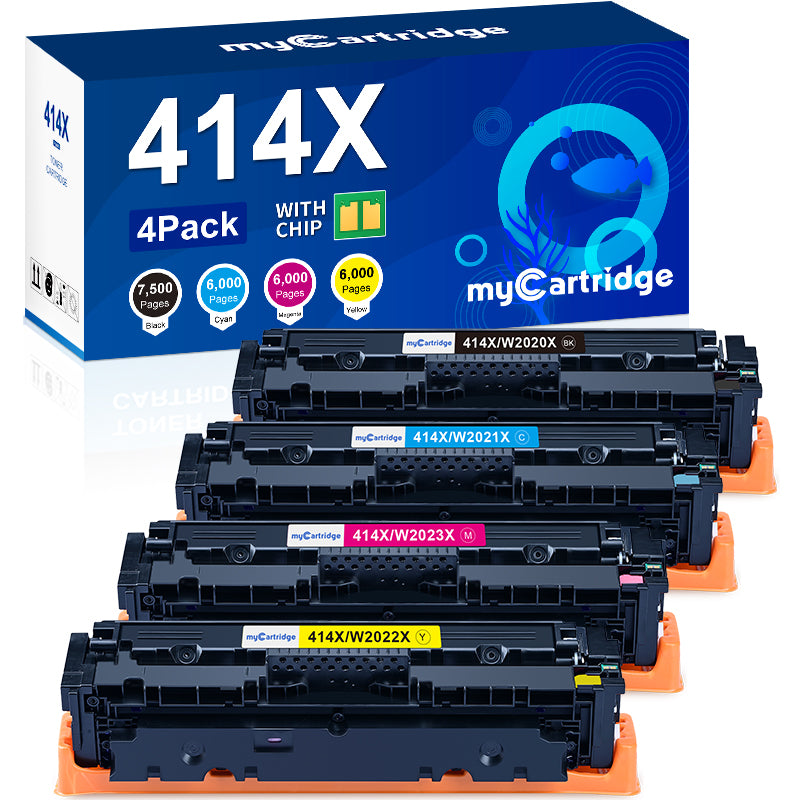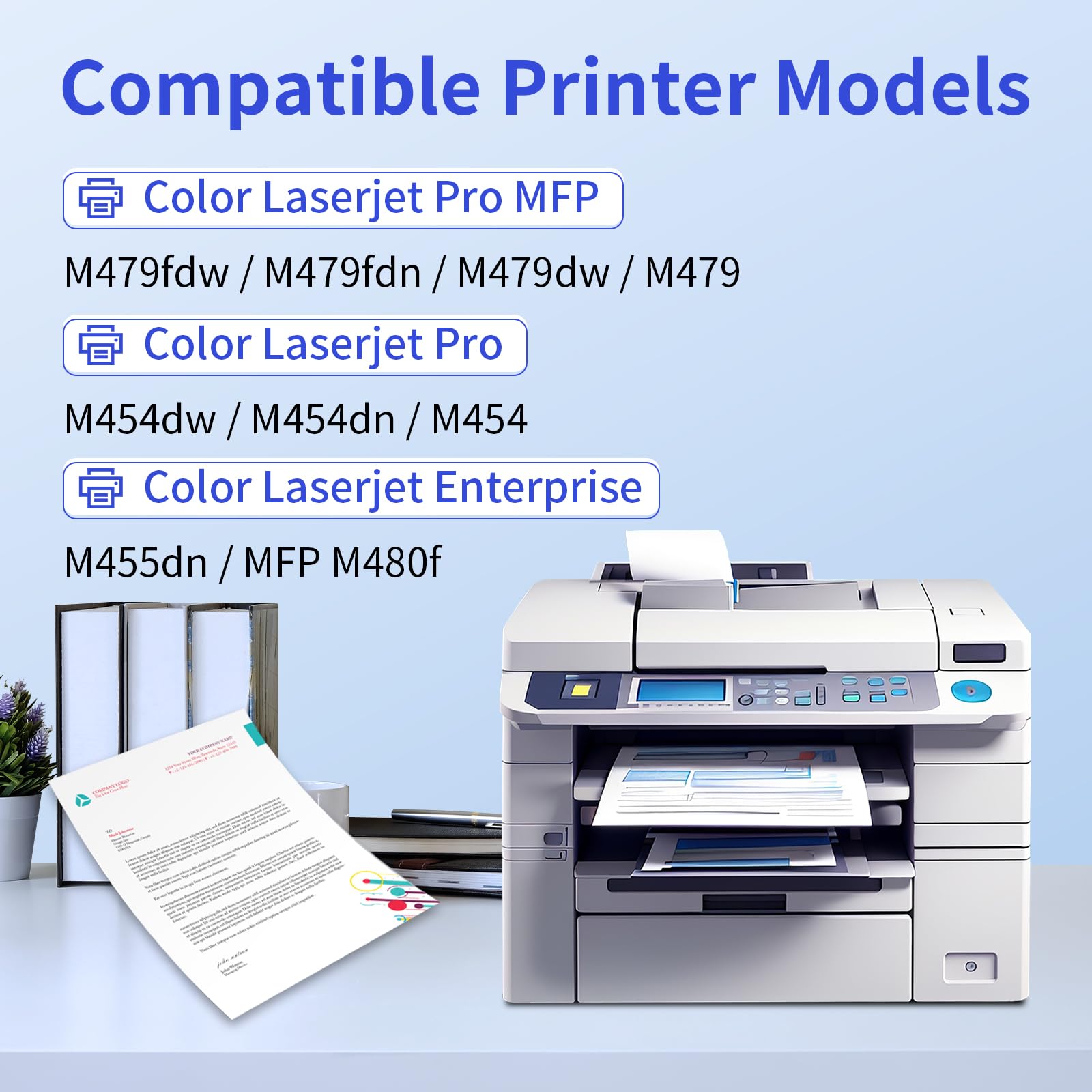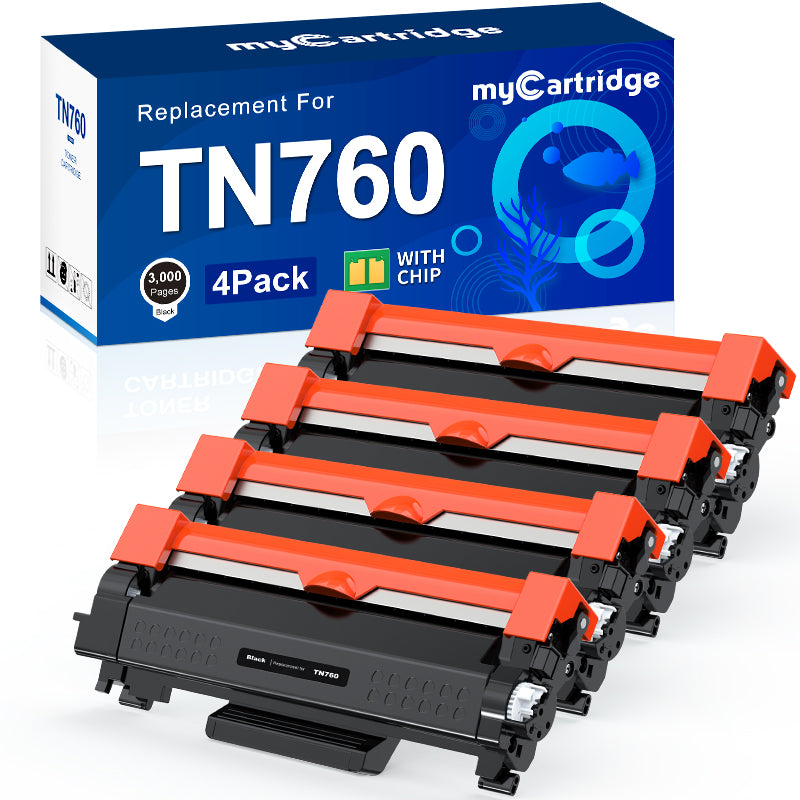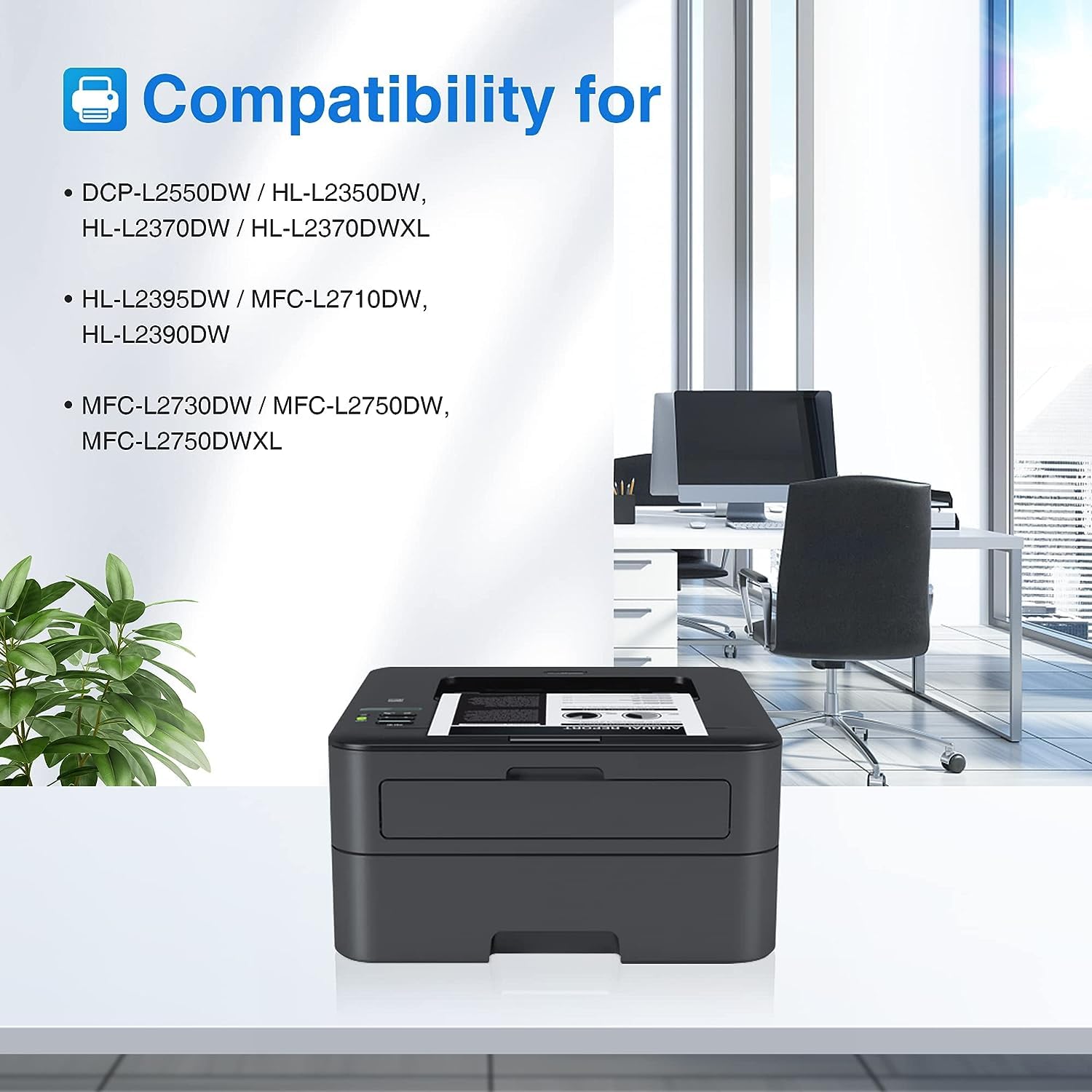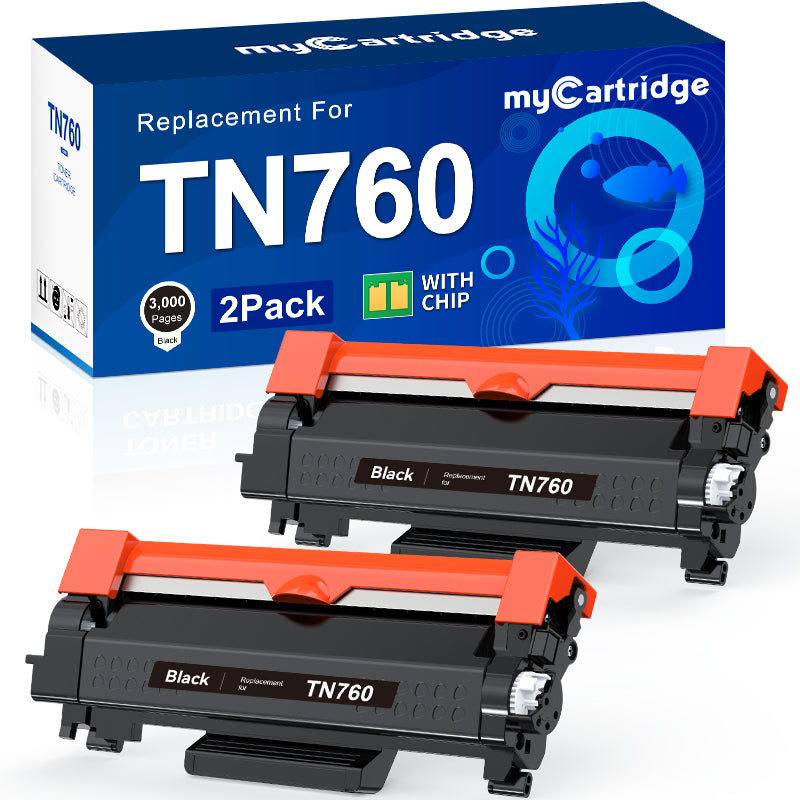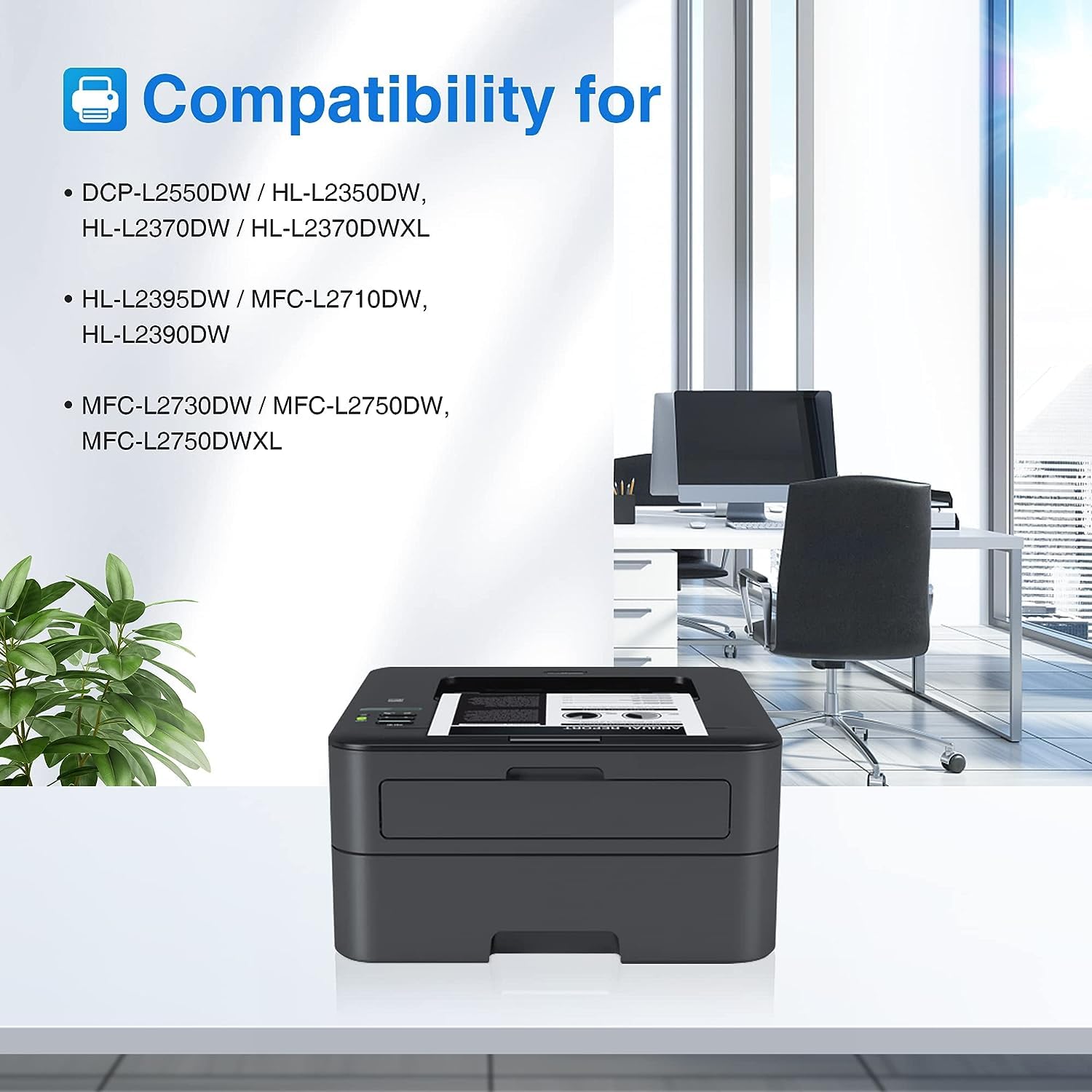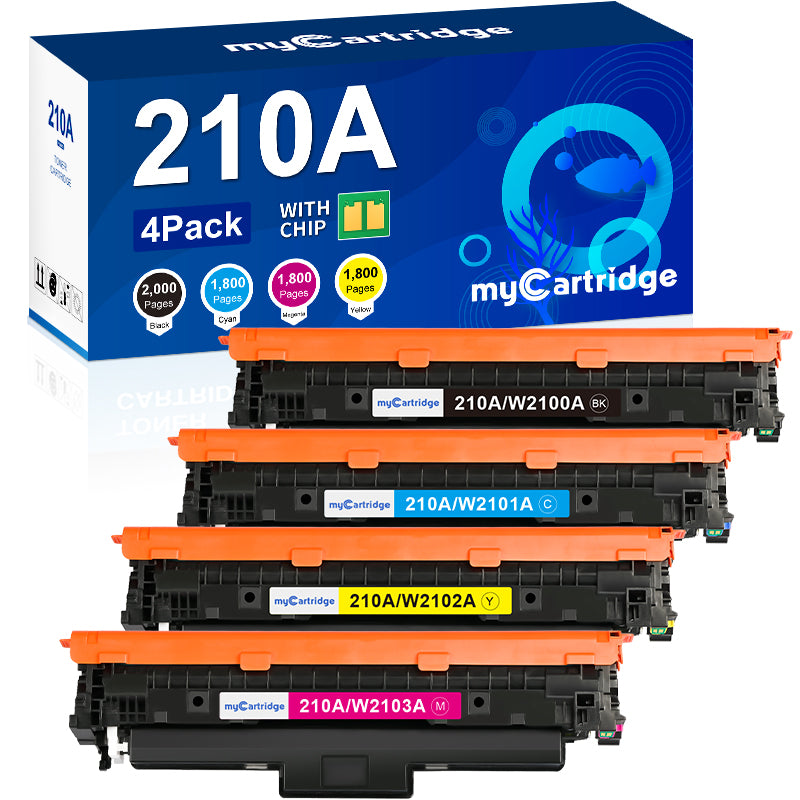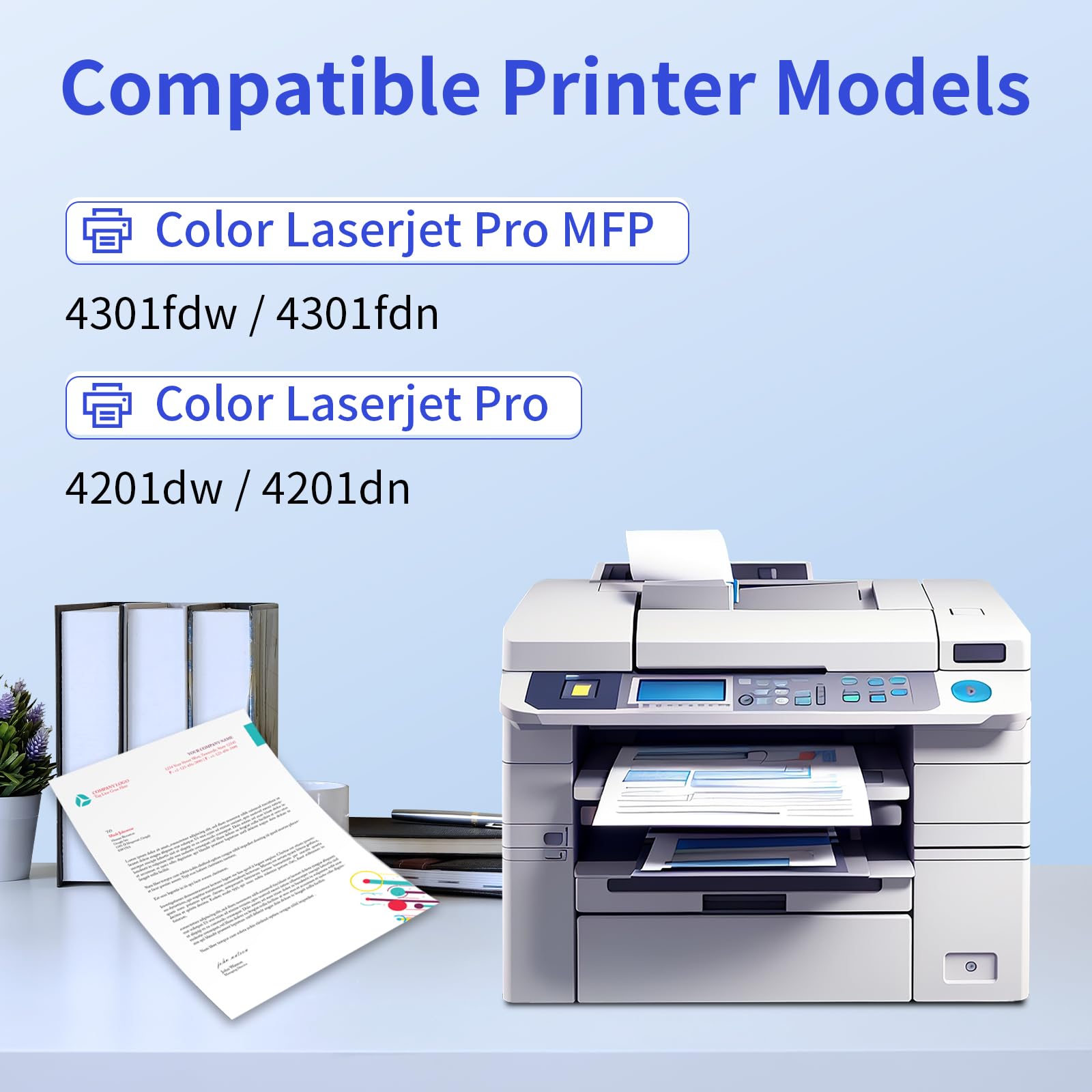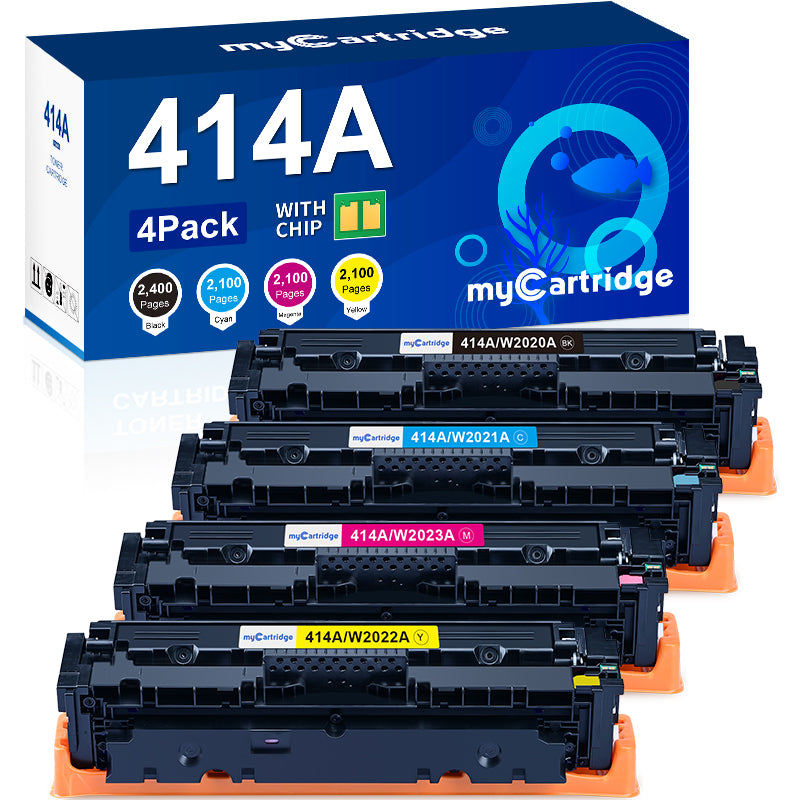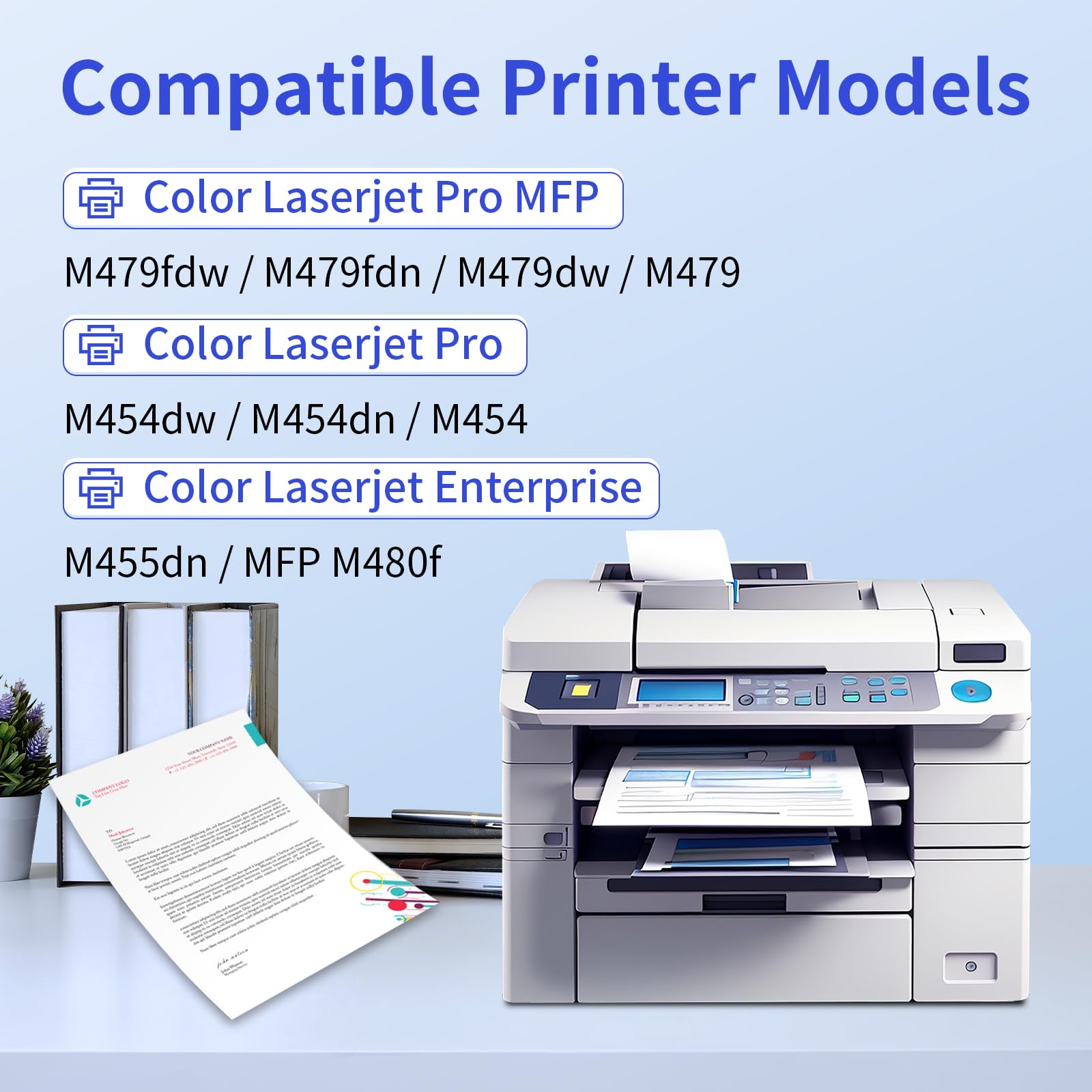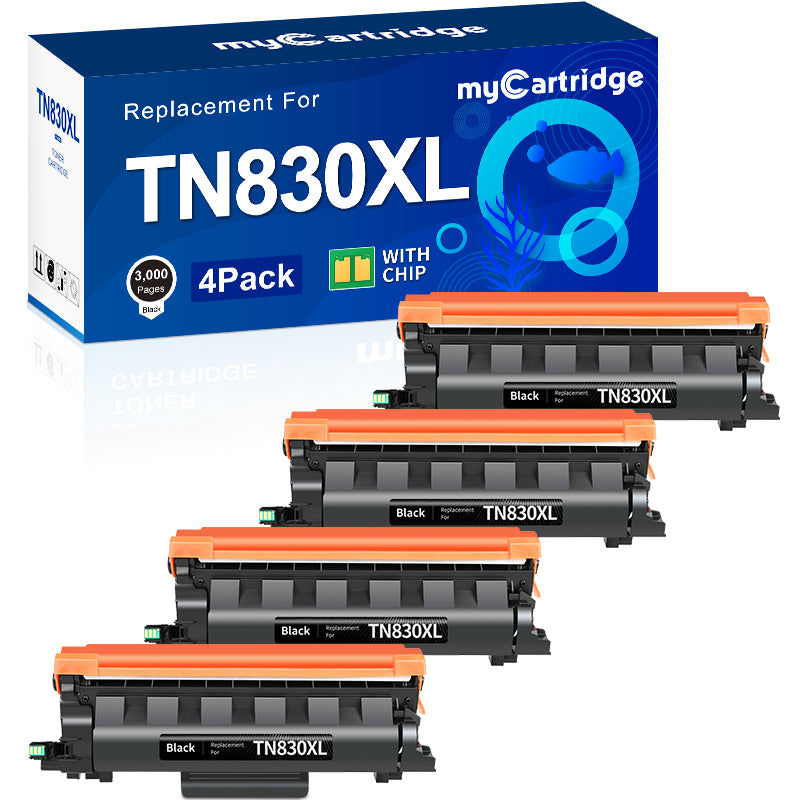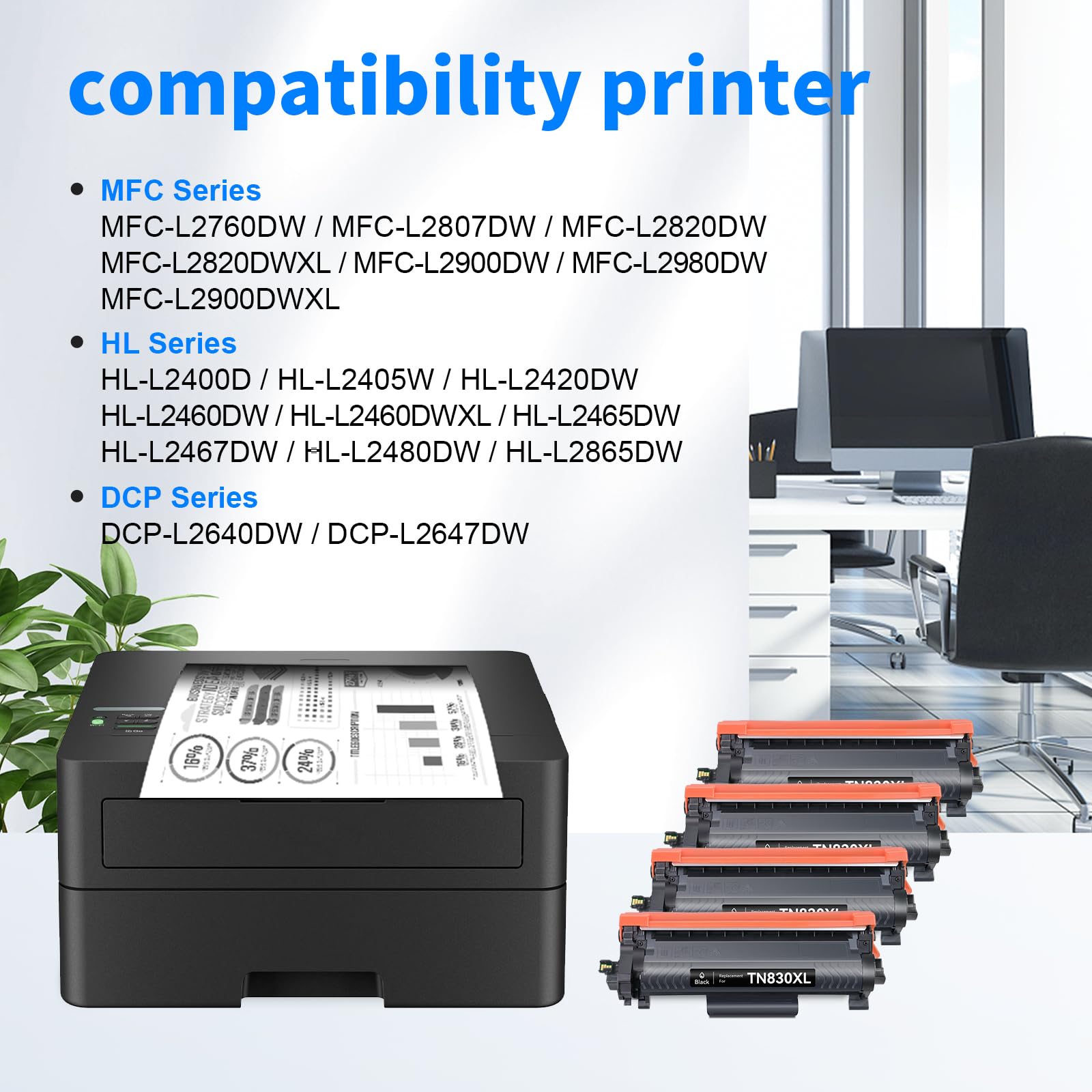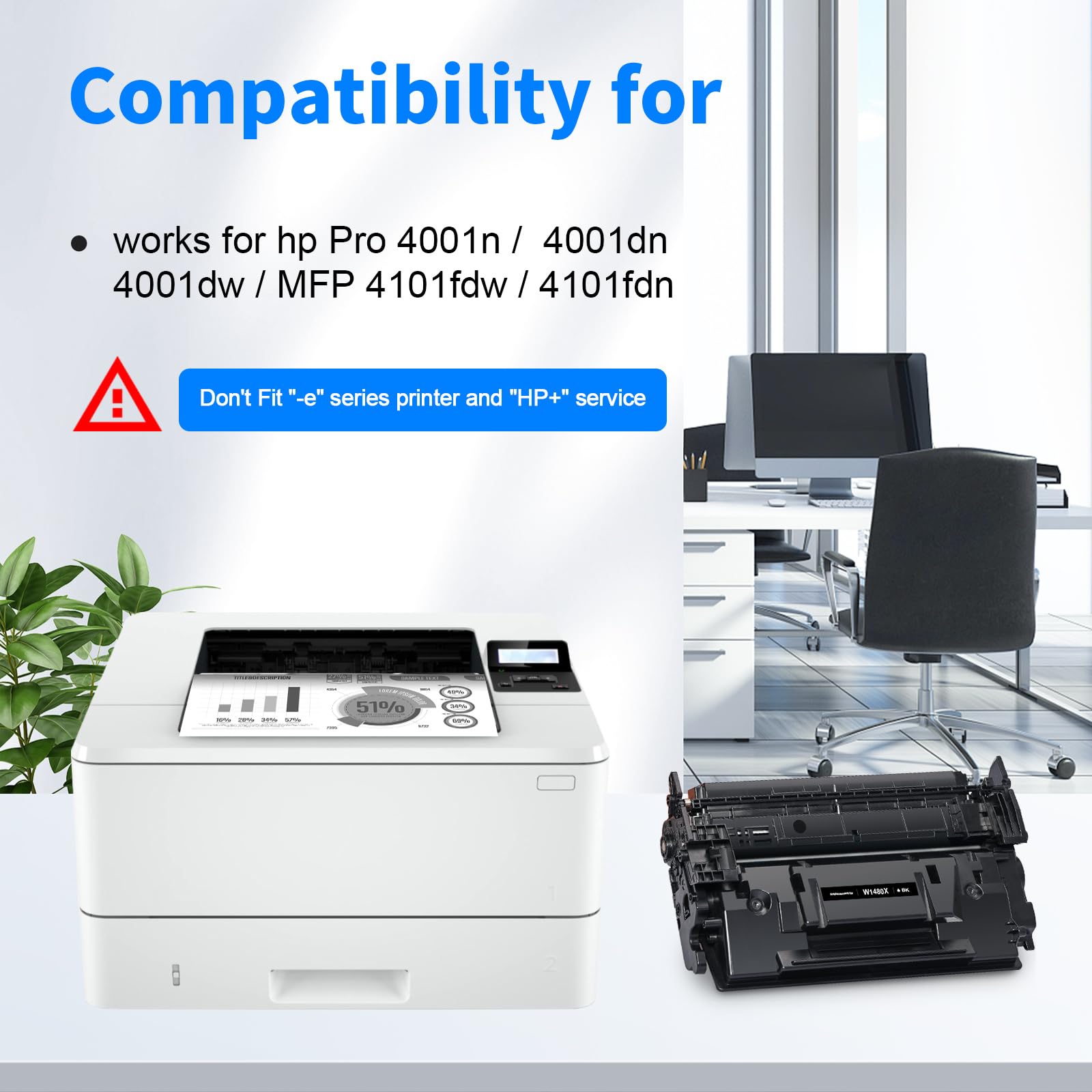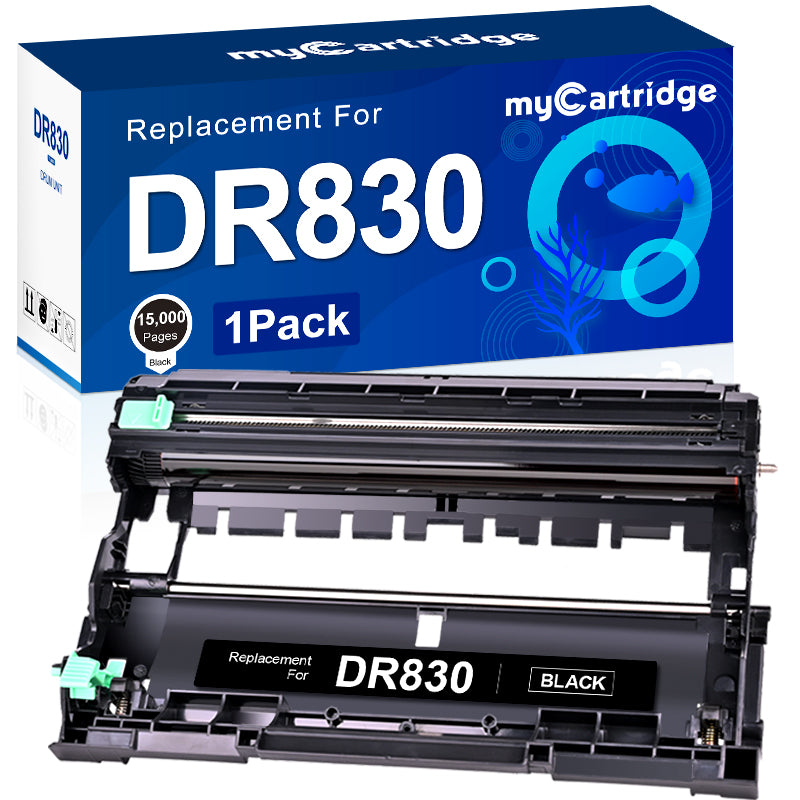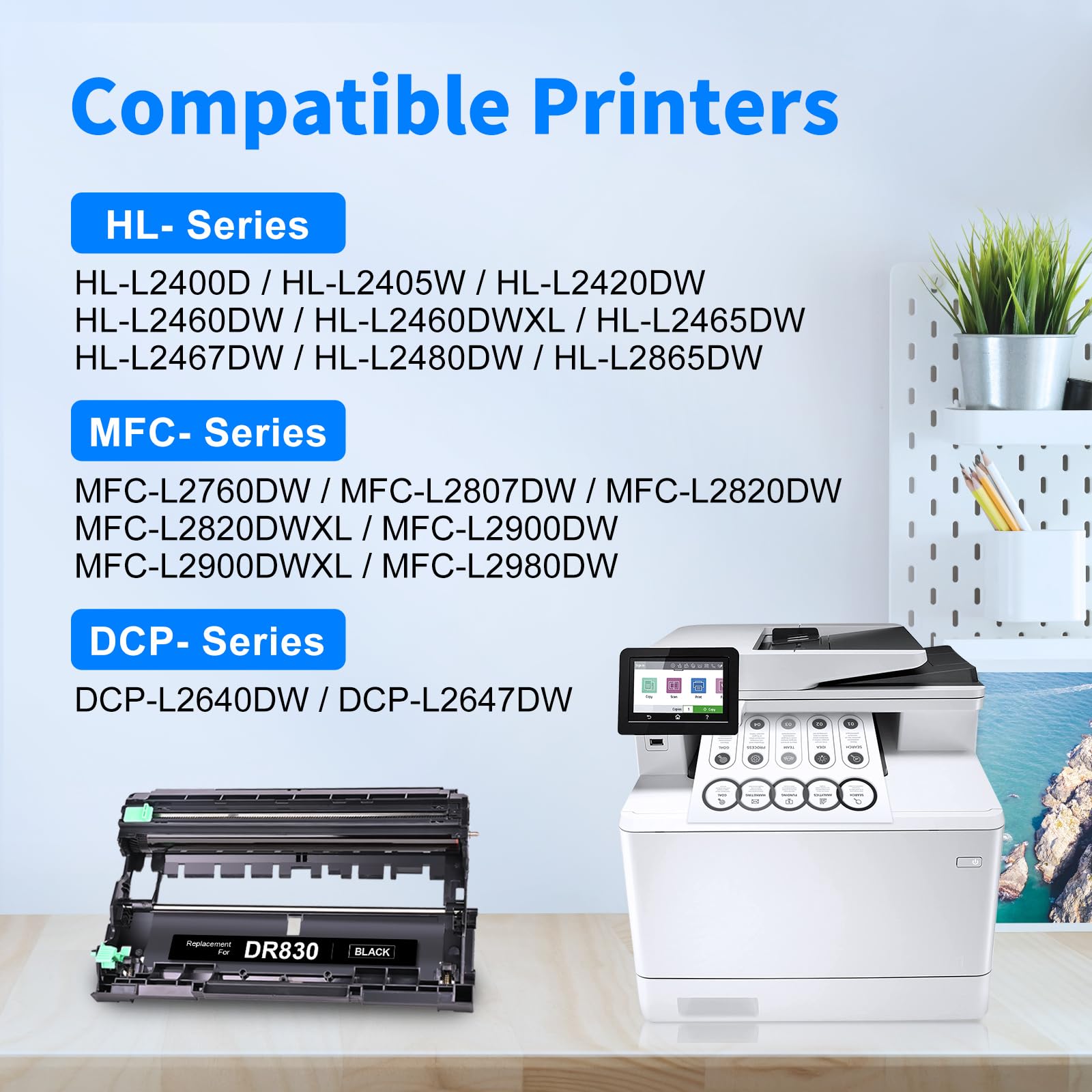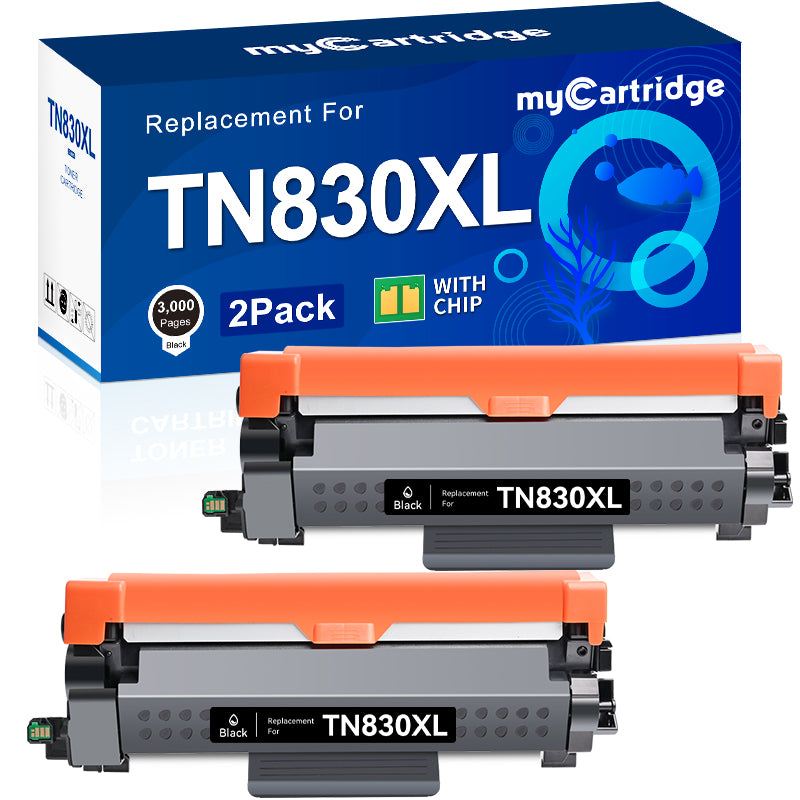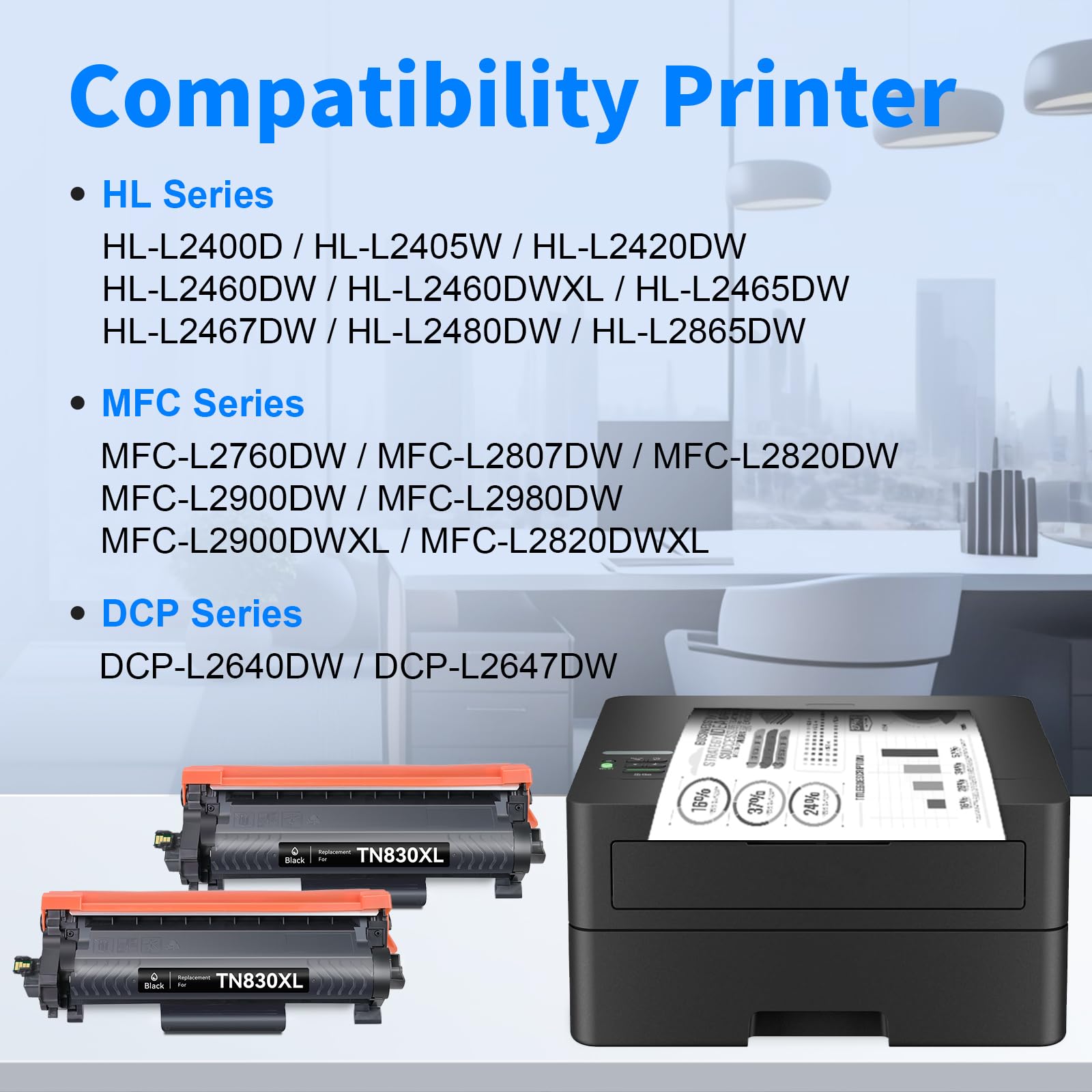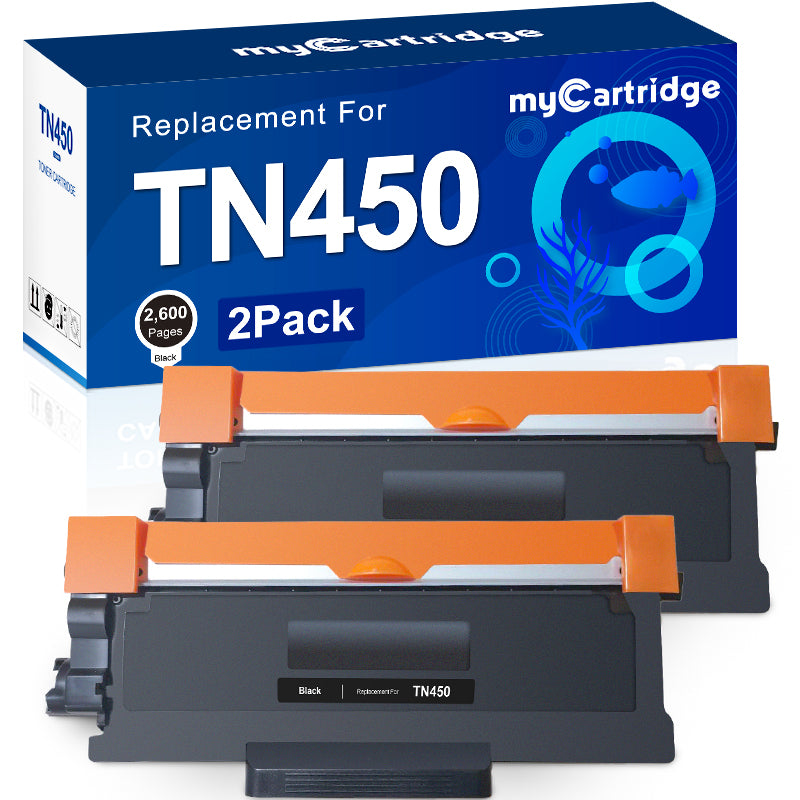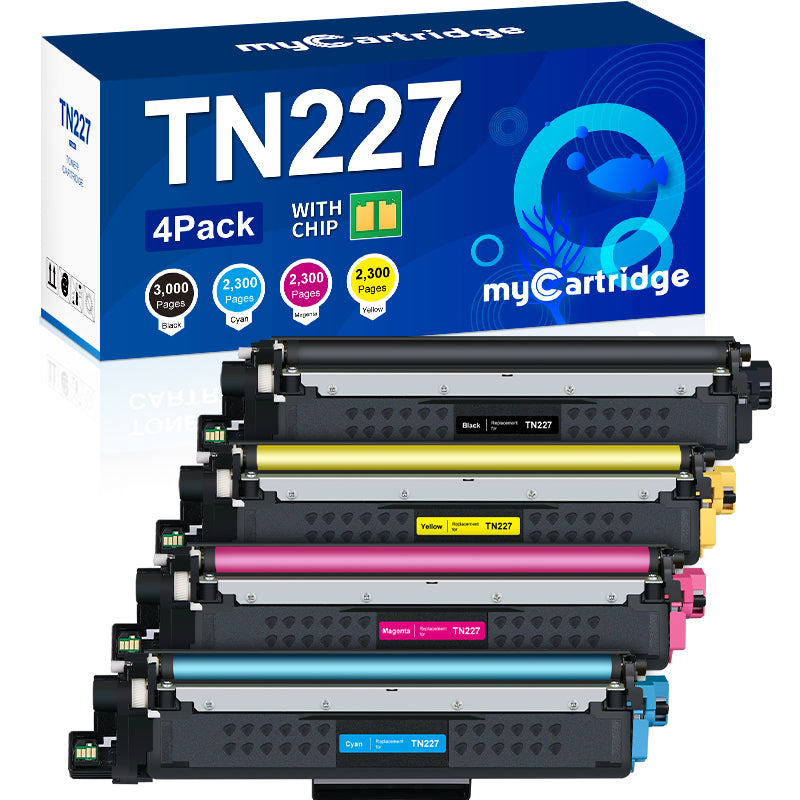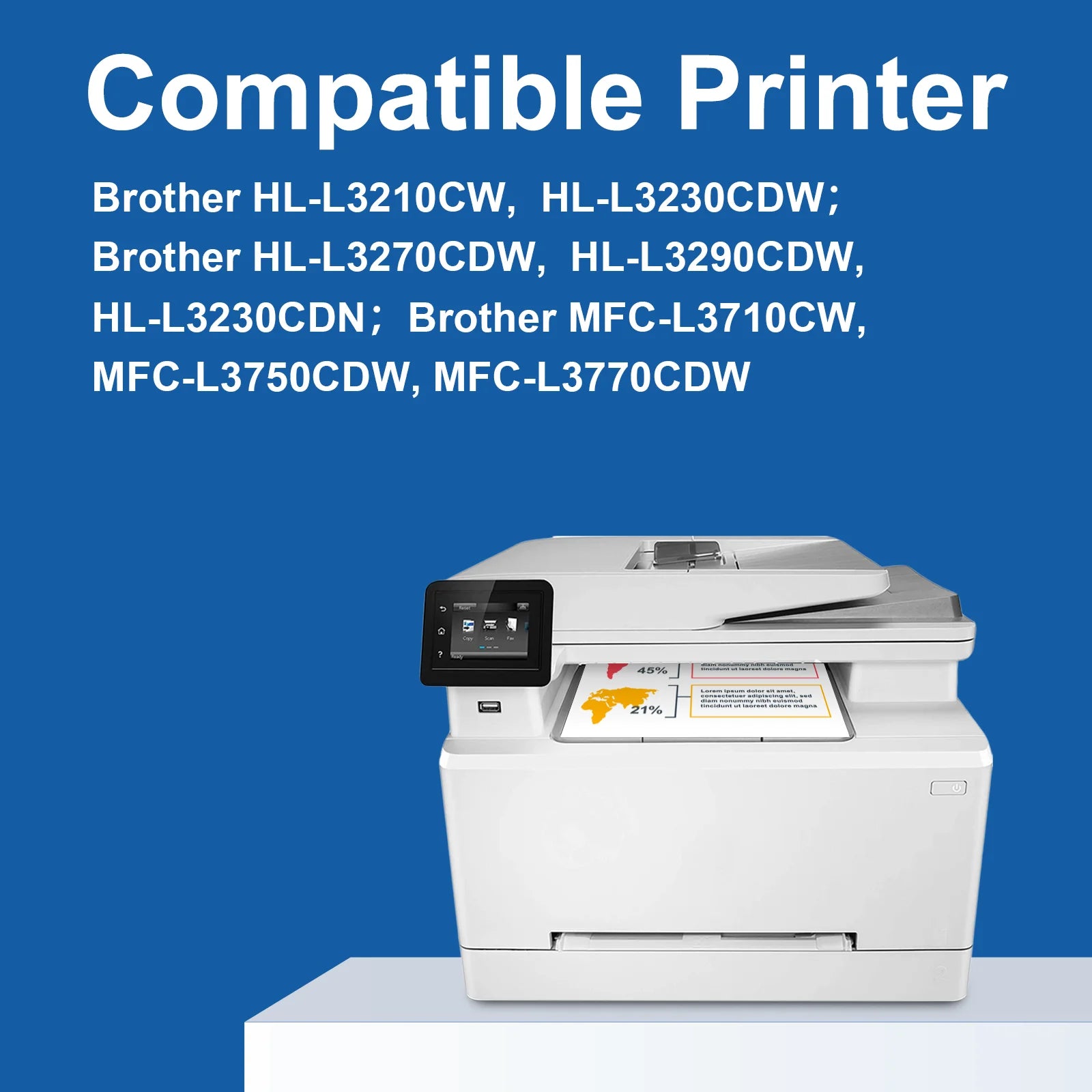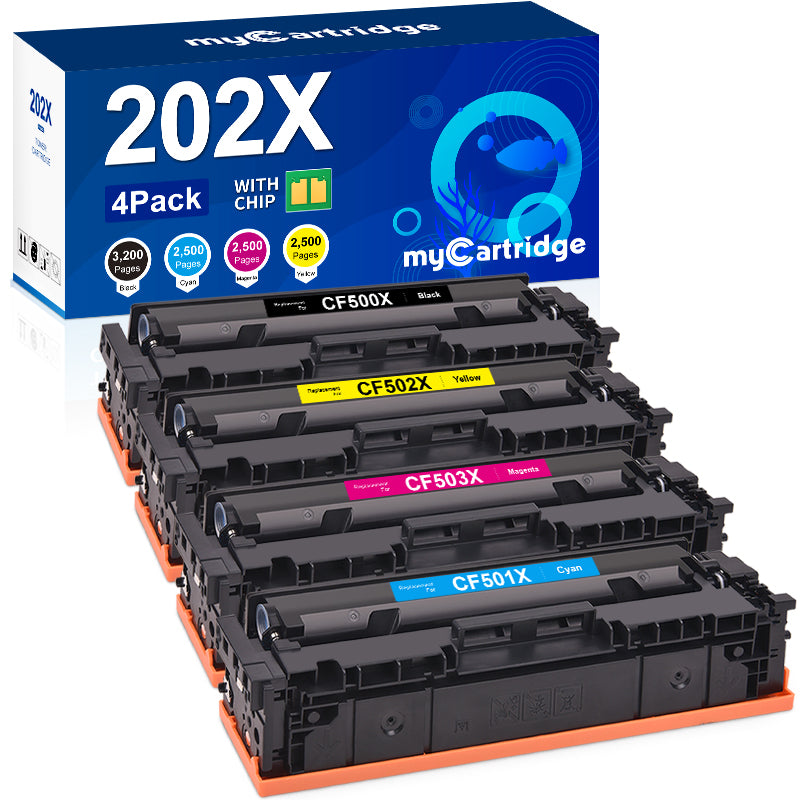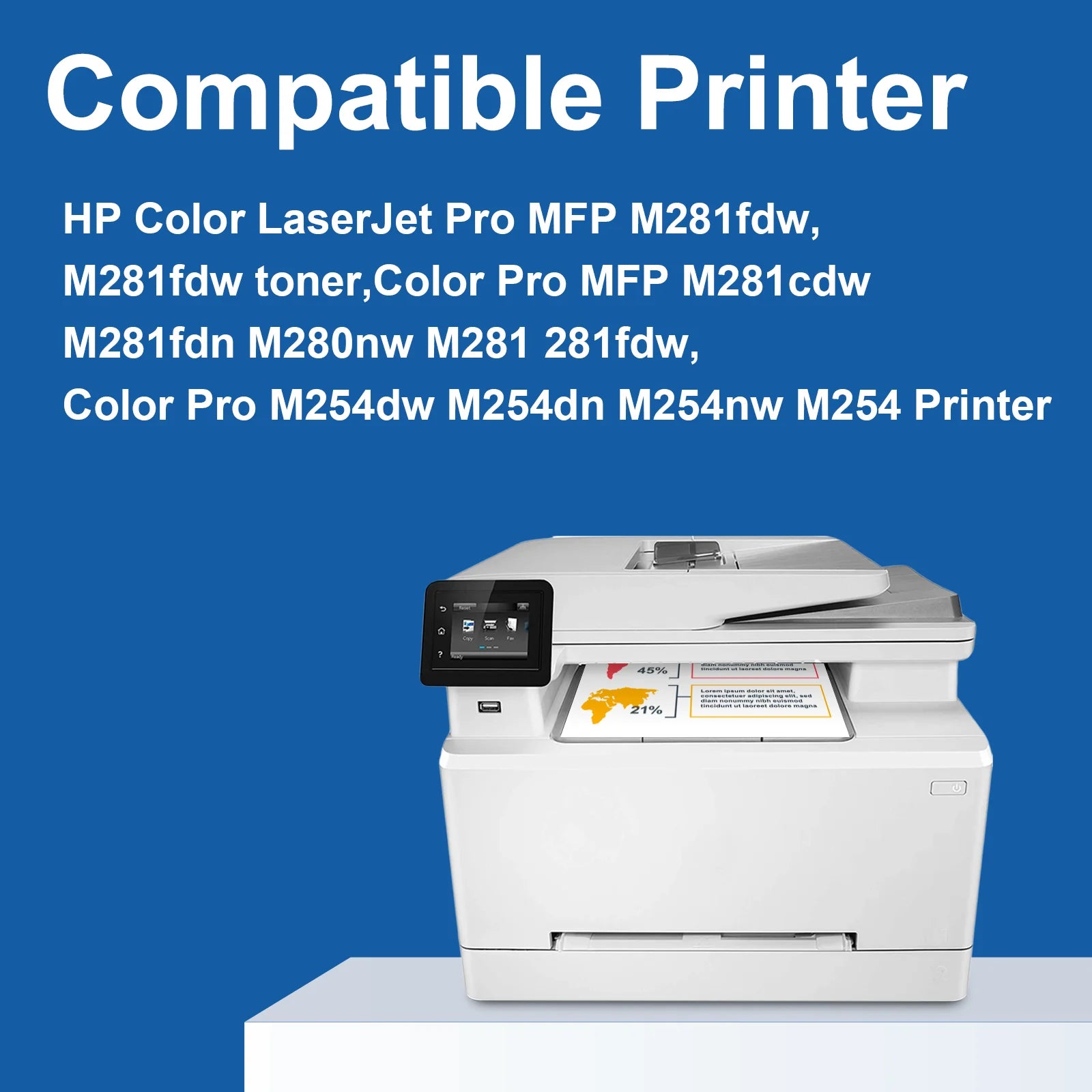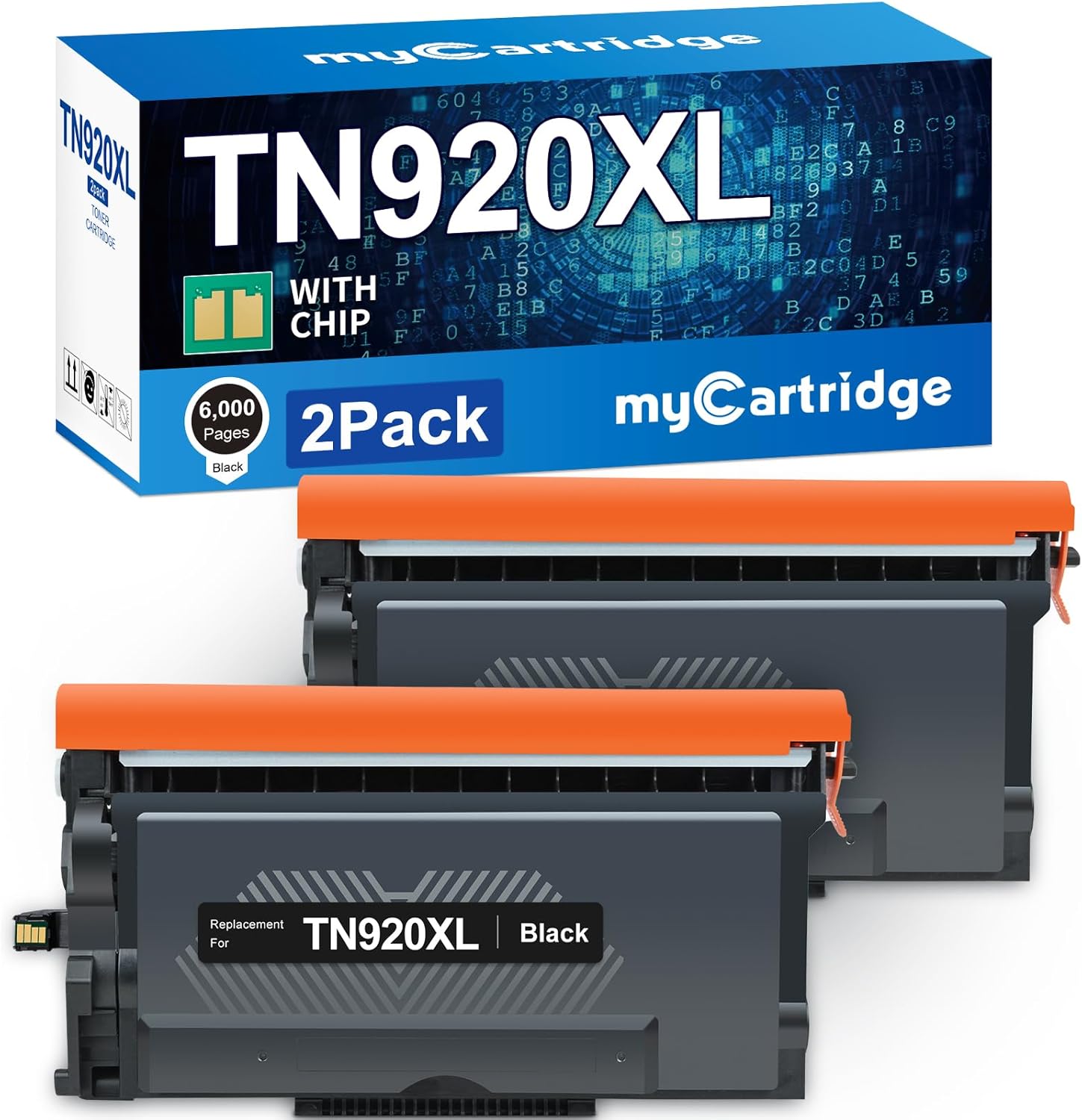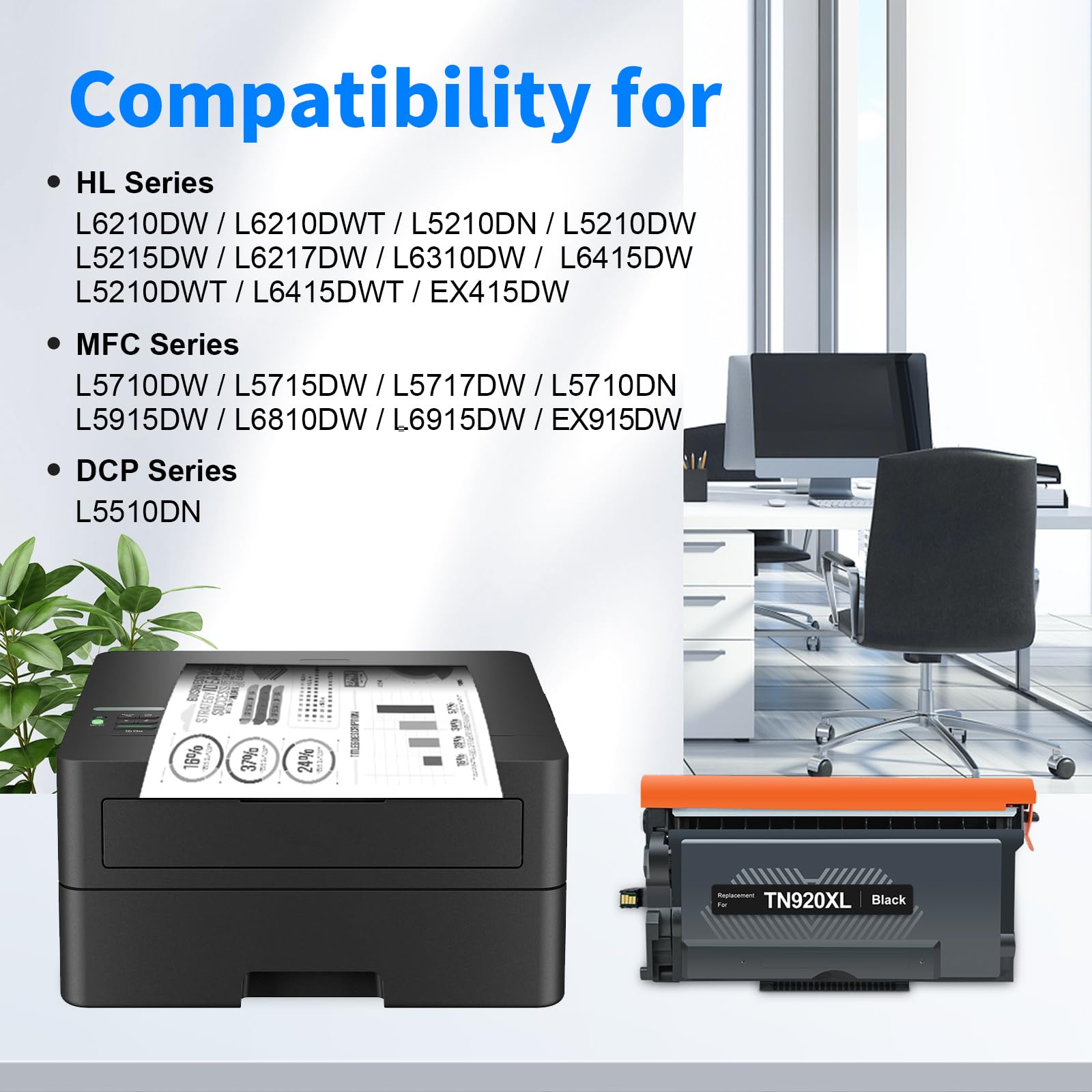If you’ve ever used an original toner cartridge, you probably know the feeling: you just installed it, printed a few documents, and suddenly — the printouts start fading. Then comes the dreaded “Low Toner” warning.
OEM (Original Equipment Manufacturer) toner cartridges are supposed to offer premium quality — but let’s be honest, they come with serious downsides.
I work in the administrative department of a medical office, and printing is part of my daily routine — patient forms, internal reports, prescriptions, and more. At first, I always used original HP toner, thinking it was the “safe” choice. But over time, the high cost, short lifespan, and constant replacements became a real burden.
One day, I complained about it to a friend, and he handed me a box of myCartridge 218A toner cartridges. That small switch ended up saving not just my printer — but also my wallet. Here's why I made the change, and why I think it's worth considering if you’re tired of overpaying for toner.
1. OEM Toner Is Overpriced — and Underperforms
Original HP 218A 218X toner cartridges come with a premium price tag. I assumed the higher cost meant longer use, better print results — but they often ran out far sooner than expected, especially with heavy daily printing.
With myCartridge 218 toner cartridges, I noticed the difference immediately: more pages, less money.
Here’s an example to show you what I mean:
The myCartridge 218A 4-pack costs $169.99, delivering up to 1,300 pages per black cartridge and 1,200 pages per color. That means I’m spending roughly $0.03 per black-and-white page, compared to nearly $0.06 with OEM. That’s almost 50% savings — without sacrificing print quality. Plus, the printouts are crisp, clean, and professional — perfect for patient records and office reports.
2. Real Page Yield Rarely Matches OEM Claims
Have you ever felt like your OEM toner didn’t print nearly as many pages as advertised? You're not alone.
Last year, I installed a new HP 218A cartridge expecting it to get me through the month — but it ran out far before reaching the claimed page yield. That meant more reorders, more downtime, and more frustration.
With myCartridge 218, I’ve been consistently impressed. The actual page yield matches the specs. Whether I’m printing 20 pages a day or running off a stack of forms for the week, one cartridge lasts — and I can plan my usage with confidence. This kind of reliability has built a sense of trust in the brand that I didn’t get from OEM.
3. OEM Firmware Locks? I Deserve Better.
One of the most frustrating things about OEM toner is how it tries to lock you in.
Some cartridges have built-in chip restrictions or get blocked by firmware updates. If you’ve ever seen a “Cartridge Not Recognized” or “Incompatible” error — you know the feeling. Suddenly, your printer refuses to work unless you shell out for another expensive OEM cartridge.
All I wanted was the freedom to choose a high-quality, affordable option for my HP LaserJet Pro 3201dw — and that’s exactly what myCartridge 218 gave me.
It installs without issues, works smoothly, and accurately displays toner levels — no chip errors, no pop-ups, no printer drama. Just reliable performance.
What I Gained with myCartridge 218A Toner:
Up to 50% savings per page compared to OEM
Reliable, consistent output — no surprises
Smooth compatibility with my HP printer- especially models like the HP Color Laserjet Pro MFP 3201dw, Color Laserjet Pro MFP 3301fdw, Color Laserjet Pro 3301cdw, Color Laserjet Pro 3301sdw Printer
Eco-friendly packaging and less waste
Available in both standard (218A) and high-yield (218X) versions
You Deserve Better Than OEM
OEM toner may carry a big brand name — but that doesn’t mean it’s the best choice.
Between the high cost, short lifespan, and the frustrating limitations they place on users, I started feeling boxed in. I switched to myCartridge 218A/218X because I wanted better value, more control, and less stress.
If you're tired of throwing money at OEM toner that underdelivers, maybe it’s time you gave myCartridge a try, too.




